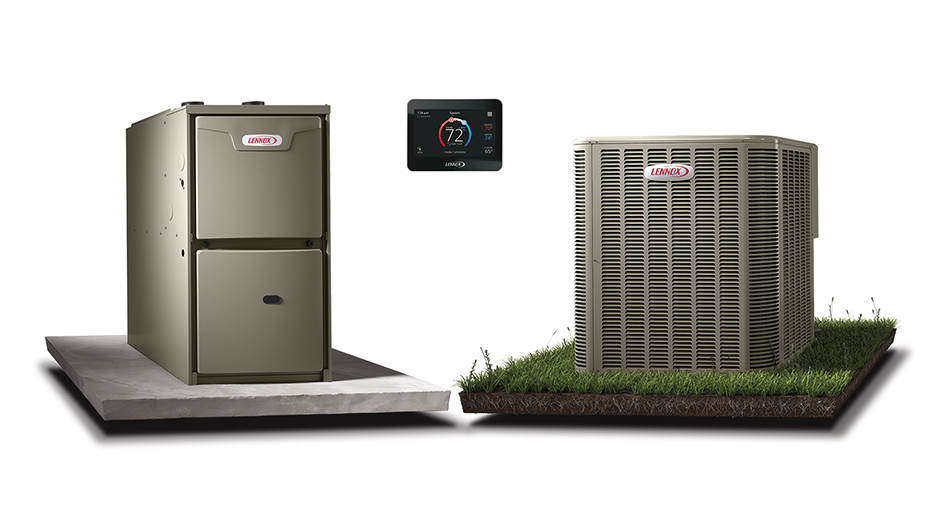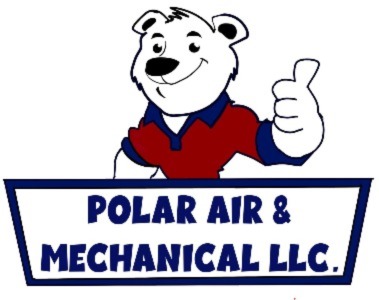
The concept of installing both a furnace and heat pump can feel a little strange at first. After all, why would you need two heating systems? While furnaces and heat pumps both provide energy-efficient heat, the variations in their design genuinely make employing both of them a worthwhile option. It’s not for all of us, but with the right conditions you will absolutely benefit from owning a furnace and a heat pump.
You should weigh several factors in order to decide if this type of setup helps you. Your local climate and the size of your home are both highly important, particularly for the heat pump. This is because many models of heat pumps begin to run less efficiently in winter weather and large homes. At the same time, you can still reap the benefits of heat pump installation in Myrtle Beach.
Heat Pumps Can Be Less Efficient in Colder Weather
Heat pumps are commonly less reliable in colder weather due to how they provide climate control in the first place. Unlike furnaces, which combust fuel to create heat, a heat pump reverses its supply of refrigerant to pull heat from outdoor air. This heat is then pulled inside and circulated throughout your home. As long as there is still some heat energy in the air, a heat pump can function. But the colder the temperature, the less reliable this process is.
The less heat energy is usable outside, the longer it takes a heat pump to bring heat indoors to generate your desired temperature. It may depend on the specific make and model, but heat pumps can start to drop in efficiency at temperatures of 40 degrees and under. They should still be an energy-efficient option until 20-25 degrees, after which a gas furnace should be more effective.
What Temperatures Do Heat Pumps Run Best In?
Heat pumps manage best in moderate climates 40 degrees and up. That said, you don’t have to give up on the benefits of a heat pump just because your local climate is colder. After all, that’s why installing both a furnace and heat pump might be worth the expense. You can favor the heat pump for energy-efficient heat until the weather is cool enough to call for swapping to something like a gas furnace.
Certain makes and models claim greater effectiveness in winter weather. For example, the Lennox MLA heat pump is capable of running at 100% capacity at 0°F. It can even continue running in temperatures as extreme as -22°F. For optimum energy efficiency, you’ll likely still want to swap to the furnace in severely cold weather.
So Should I Put in a Heat Pump if I Use a Gas Furnace?
If you’re serious about maintaining the most energy-efficient HVAC system achievable, installing a heat pump and gas furnace at the same time deserves the investment. Not only is a dual-heating system adaptable, but it offers other benefits including:
- Dependable backup heating – A redundant heating system means even if one stops working, you still have the ability to heat your home. It won’t always be the most energy efficient, but it’s better than shivering in an unheated home while you hold out for repairs.
- Fewer energy costs – The ability to choose which heating system you use based on the highest energy efficiency decreases your total costs. Smaller heating bills over the lifetime of these heaters can really add up to plenty of savings.
- Less strain on both systems – Compared to running one system all winter long, heating duties are divided between the furnace and heat pump. Key hardware could survive longer as they’re not under nonstop use.
If you’re still not sure about heat pump installation in Myrtle Beach, don’t hesitate to get in touch with your local expert technicians. They can walk you through your home’s comfort needs and help you determine if a dual-heating HVAC system is the right option.


